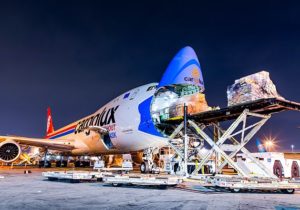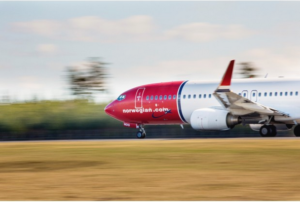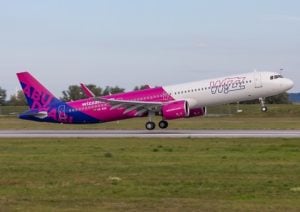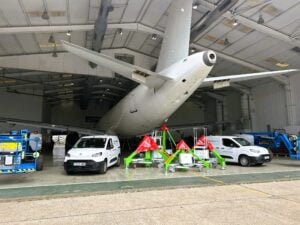Emerging markets are poised to lead global aviation growth, according to Boeing’s 2025 Commercial Market Outlook (CMO) forecast. These regions — characterised by expanding middle classes, competitive airline networks and long-term aviation investment — will play a key role in shaping the future of air traffic and aircraft demand over the next two decades.
In its latest forecast, Boeing projects global demand for 43,600 new commercial aircraft through 2044, with emerging markets expected to account for the majority of this growth. The CMO predicts these markets will represent more than 50% of the global commercial fleet by 2044, rising significantly from nearly 40% in 2024. Released in advance of the Paris Air Show, the Boeing forecast also anticipates that aircraft supply will match market demand by the end of the decade, enabling airlines to renew and expand their fleets efficiently.
“Throughout the first quarter of this century, passenger air traffic tripled and the global airplane fleet more than doubled as the commercial aviation industry navigated significant challenges,” said Brad McMullen, Boeing senior vice president of Commercial Sales and Marketing. “Resilience will remain a hallmark of this growing industry as we continue to see strong demand for new airplanes with commercial aviation returning to its pre-pandemic growth trajectory.”
The Boeing forecast outlines that passenger air traffic is set to grow at 4.2% annually, more than doubling in size and continuing to outpace global economic performance. By 2044, the worldwide commercial fleet is expected to expand to over 49,600 aircraft. Approximately 80% of the current in-service fleet will be replaced, with over 21,000 new aircraft deliveries enhancing fleet capability, fuel efficiency and sustainability.
Single-aisle aircraft will continue to dominate, comprising 72% of the global fleet by 2044 — up from 66% in 2024 — largely due to short-haul route expansion and the rise of low-cost carriers in developing markets. The wide-body passenger fleet will also grow significantly, reaching around 8,320 aircraft by 2044, up from approximately 4,400 in 2024, with emerging market carriers driving long-haul expansion.
The forecast further indicates that global freight operations will see strong growth, driven by more diversified supply chains and a surge in express cargo demand. Boeing expects the global freighter fleet to increase by nearly two-thirds, requiring 2,900 new production and converted freighters to meet market needs.
Other industry trends reinforce Boeing’s optimistic forecast. Airline networks now connect roughly 30% more airport pairs than a decade ago, offering passengers a wider range of direct flights. Meanwhile, travel spending as a share of discretionary income has returned to pre-pandemic levels, as consumers continue to prioritise air travel.
This long-term aviation forecast highlights the vital role of emerging markets in shaping the future of global air traffic, fleet growth and aircraft innovation — underlining Boeing’s confidence in the resilience and recovery of commercial aviation.































